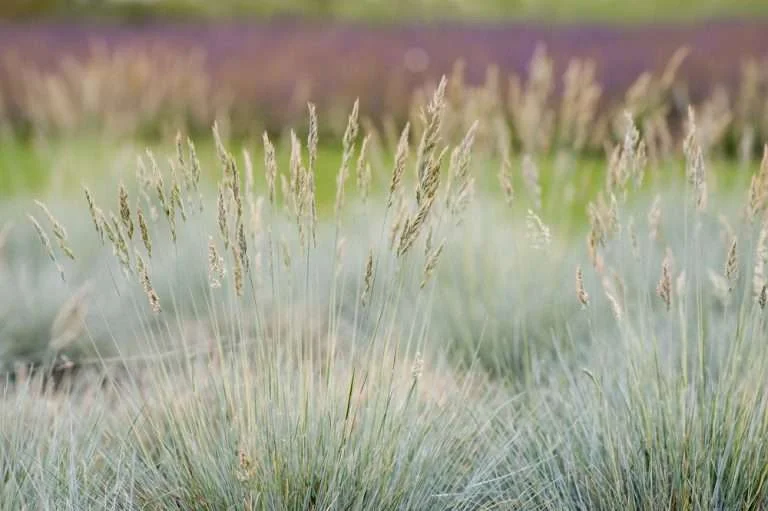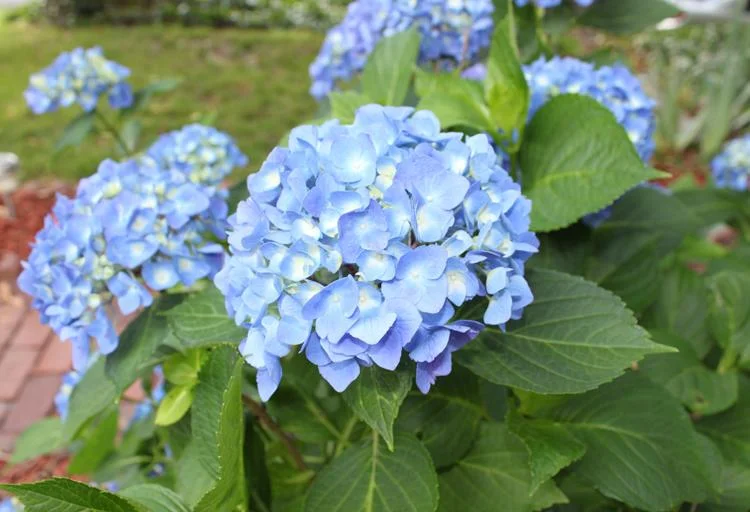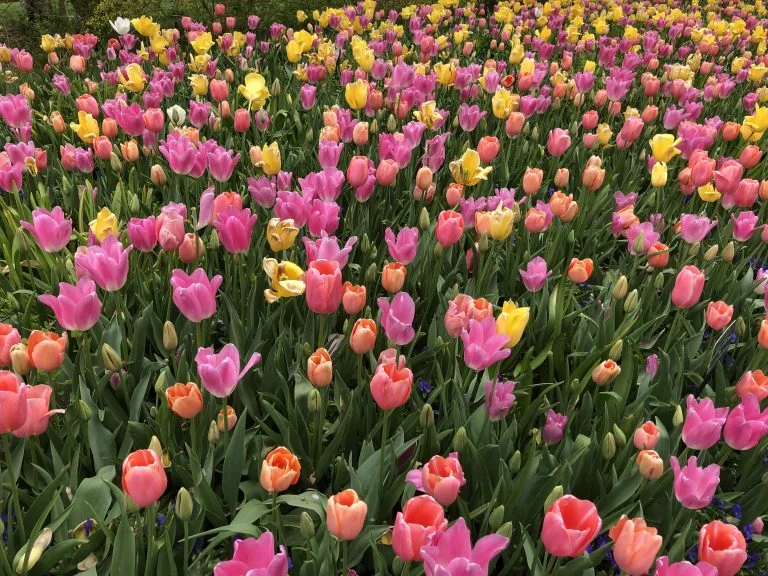Meadow garden installation is a type of project that can end up looking extraordinary, but there are a few mistakes you need to watch out for.
If your customer has expressed interest in having a meadow garden installed in their landscape, take a look at these simple tips that can help you avoid a meadow mess up.
Site analysis, proper preparation and communication
The most important first step in any project is a site analysis, and it’s crucial to take note of how conditions may vary across the future meadow site.
Test the soil in different areas, scan for slopes and low spots and identify areas where water and moisture might linger or accumulate. Even subtle grade changes can create a significantly different soil moisture condition.
To get a better sense of what you’ll be working with, it’s recommended to spend as much time on the site as possible during different times of the day and in varying weather conditions. This will allow you to fully understand the conditions and dynamics of the site before you begin planting.
One of the biggest mistakes you can make when planning out an area for a meadow is not taking into consideration what, if anything, was planted in the area beforehand and how long it was there.
Depending on what was there and how long will determine your level of pre-planting control. Typically for forage-crop fields or any site where seeds have been growing and dropping for years, it’s recommended to wait one growing season before moving forward.
Once your design plants have begun to grow, it’s much more difficult and time-consuming to control undesirable species, and in some cases, it proves futile because of the vast amount of species present.
Regardless of what kind of project you’re working on, it’s crucial that you keep an open and continual dialogue going with your customer regarding expectations, concerns and what can and can’t be accomplished in the space.
Talk to them about the realistic goals of what’s being planted, when it’s expected to bloom and what will and won’t thrive in the area. Show them photos of different phases of other meadows you’ve worked on to give them a better idea of what it will look like in each stage.
Seeds and long-term planting
You can potentially save yourself a lot of work by using supplier seed mixes, but even the most carefully assembled ones aren’t often site-specific enough. They can also contain species that aren’t appropriate for the area you’re working with or ones that you just simply don’t want.
If you’re able to find a mix that works well for your client’s space, then by all means, use it, but if you’re having issues finding the right blend, design your own based on your budget, desired aesthetics and ecological function.
Even if your clients are on a budget, be sure not to skimp on how many seeds are used in the area. Typically speaking, more species diversity is better than less, and there should be more than enough seeds used to allow good seedling density across the entire project area.
In climates with harsher winters, the best time to seed the area is in late spring or mid- to late fall. Warm-season species of grasses tend to have better germination rates when sowed in spring. Fall seeding can also make use of the winter and early spring freeze/thaw cycles to incorporate seed into the soil.
It’s true that customers are more than likely going to want instant gratification when it comes to their plants blooming, but stand your ground when it comes to turning down non-native annuals.
These plants may offer flowers their first few months, but they will ultimately be in competition with longer lasting perennials for space and resources. If you still want to give your customers a little bit of that instant gratification, use a very small number of annuals in a limited area of the space.
Grasses and niches
Grasses are an absolute staple to meadows, as they are the structural background that allows flowering species to shine. Meadows without grass just come across as unruly flower gardens running rampant, whereas a meadow that has grass as the dominant feature has somewhat of a simplistic beauty.
Having an abundance of grass in the area will also allow birds and other creatures to have an ample food source when winter sets in.
Take time to understand how every species in the meadow will interact with each other and how they will occupy the space above and below the ground. A good goal to keep in mind is to design the species into tightly knit communities that are stable and able to resist disturbances.
Having both root diversity and above-ground diversity can help ensure good density and structural diversity that can help resist the invasion of weeds and stay stable over time.




